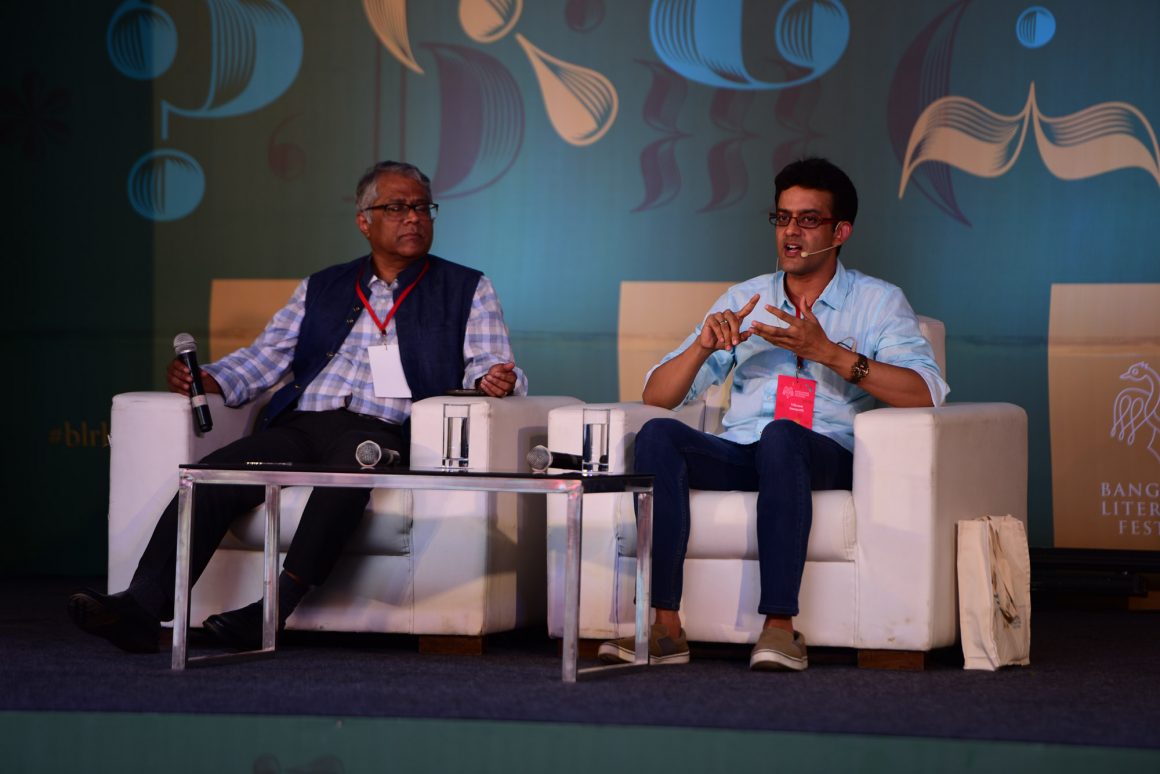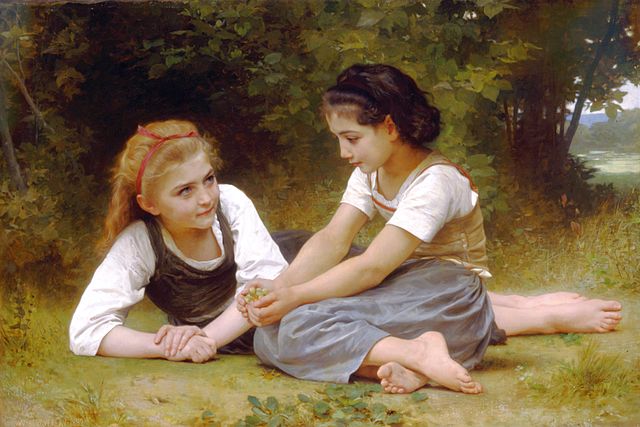For thousands of years, folktales have been a medium for communities to narrate their stories and preserve their wisdom, their culture, values and traditions. We must have all heard of random stories and folk tales from our elders. If not heard, then definitely read tales and fables popular in India.
A.K. Ramanujan’s Folktales of India was a definitive collection of 110 folktales collected from all corners of the country and translated from different languages by an Indian. But if you are the one who wants to explore more folktales, the list below will come in handy!
The Seer presents 12 folktale collections to read from all across India. These collections will take you travelling from deep seas to the jungles of Central India and from the majestic peaks of the Himalayas to the dense forests of the North East.
Greatest Folk Tales of Bihar by Nalin Verma
Published this year in October, this collection of stories brings together intriguing animal and human characters that narrate the age old wisdom of the villages of Bihar. Buy the book here.

Folk Tales from the Nilgiri Hills compiled and edited by Madhavi Ravindranath
Folk Tales from the Nilgiri Hills came about as a result of All India Radio’s Ooty’s program head, Madhavi Ravindranath’s labour of love to collect folktales from the various tribes residing in the Nilgiris. They were first recorded and then broadcast as part of the radio show, ‘Malai Makkal Maanaadu’ (Gathering of the hill people). The book was published by Tamil Nadu’s Hill Area Development Programme.
First there was Woman and Other Stories: Folktales of the Dungri Garasiya Bhils retold by Marija Sres
Dungri Garasiya Bhils live in northern Gujarat, southern Rajasthan and some parts of Madhya Pradesh as well. Marija Sres (originally from former Yugoslavia) came to India in 1974 and studied Gujarati in Ahmedabad, eventually completing her B.A. in Gujarati. This collection, published by Zubaan Books, presents folktales she has collected and translated over the years. The titular creation myth is a unique narrative of how the woman was created first by Kudrat (or Nature). The other stories also similarly capture the values and customs intrinsic to the Dungri Garasiya way of life. Get your copy here!
Around the Hearth: Khasi Legends by Kynpham Sing Nongkyrih
For centuries, Khasis have preserved their language by telling stories and passing them onto their younger generations. In this book, Nongkyrih brings alive the legends and tales that are part of the ethos of Khasi contemporary life till today. Buy the copy here.
Tales from the Kathasaritsagara by Somdeva, translated from Sanskrit by Arshia Sattar
Originally written in Sanskrit, Kathasaritsagara was compiled by the Kashmiri Shaivite Brahmin, Somdev, in about 1070 C.E. Kathasaritsagara means “Ocean of a Stream of Stories.” Katha means stories, sarit means river or stream and sagara means the ocean. The frame story of King Naravahanadatta forms the outer narrative while including several stories within stories much like The Arabian Nights and Panchtantra. Yet, unlike many ancient fables, these stories do not preach moral lessons. Rather they portray lives lived through pleasure and experience.
Get your copy here or read an online version of a different translation here.
A literary tidbit: This style of using a frame narrative is often used by contemporary fabulists and writers too! For example, Salman Rushdie in his book, Haroun and the Sea of Stories, not only pays tribute to the title of Kathasaritsagara but also creates a whole new magical realist world that gives insights into the creation of stories and their purpose!
Konkani Folktales retold by Olivinho J.E. Gomes
Konkani is one of the languages included in the 8th Schedule of the Indian Constitution. In 1992, with the 71st Amendment, three languages, Konkani, Manipuri and Nepali were included. Published by National Book Trust of India, Konkani Folktales is a rollicking collection of stories that depicts peculiar habits of Konkani speaking communities from their food to clothing to dances. Buy your copy here.
Speaking to an Elephant and Other Tales from the Kadars by Manish Chandi
This is a must read for its interweaving of gorgeous illustrations and line drawings with the forest stories of the Kadars. Kadars are an indigenous people living in different parts of South India namely Tamil Nadu and Kerala. The stories in this collection narrate their utmost reverence to the forests they call home and emphasize their belief systems that revolve around forests and the spirits that reside therein. Grab this beautiful copy here.

Where Gods Dwell by Kusum Budhwar
From forests of the south, let us now move to the valleys of Kumaon. Kusum Budhwar brings together the folk stories that dwell in the mountains of Kumaon and Garwhal regions. Where Gods Dwell is divided into different sections based on varied themes. One unique aspect of this book is its inclusion of folk songs and romantic ballads of the region. This puts the spotlight on the role of folk music and songs in preserving our values and culture. Each story is also accompanied by detailed explanations given by the author. This helps us readers to know more about the context of each story. Buy your copy here.
A Girl Swallowed by a Tree: Lotha Naga Tales Retold by Nzanmongi Jasmine Patton
Beginning with an insightful introduction to the Lotha Naga way of life, this is a collection of 30 folk tales that tell myriad folk tales from those that explain certain phenomena occurring around us to those that explain the origins of their world. All in all these stories mirror a society and its beliefs. This book is published by Adivaani, a publication house that publishes indigenous literature from all different parts of the country. Know more about their books here.
Get your copy of A Girl Swallowed by a Tree: Lotha Naga Tales Retold here.
Read an extract of the book here.

Shehzadi Mircha: Folktales from the Punjab (Ruskin Bond Selection) by Flora Annie Steel
This is an old colonial collection of folktales reminiscent of bygone North Indian cultures and customs, particularly Punjab. Beautifully illustrated by John Lockwood Kipling, the stories were collected in the 19th century by Flora Annie Steel. Read a charming extract here and then if you feel like it, buy it here.
Folktales of Odisha collected by Mahendra Kumar Mishra
Published by National Book Trust of India, Folktales of Odisha comprises of 51 stories that form an integral part of the numerous communities of Odisha be it rural or coastal. All the stories impart useful lessons and morals on conducting one’s behavior and are a celebration of the state’s diversity and cultures. Get your copy here.

One Hundred and One Folktales from India by Eunice De Souza
Curiously titled after Arabian Nights: One Thousand and One Nights, this folktale collection is vast and varied and like A.K. Ramanujan’s work, has stories from all across the country. Minimally illustrated, this book forms a comprehensive and magical introduction to the world of folklore. Buy your copy here.
Find More Online:
But what if you are not in the mood to spend now, what with the expensive festive season ending or you do not want to unnecessarily add to your ever increasing TBR pile? Yet you are still interested to know more folklore?
Worry not! Because there are several resources online where you could read these short folk tales any time and entertain yourself and along the way, learn a thing or two!
Talking Myths is an online repository of folktales from different states of India. Easy to navigate and the stories are published in big, readable fonts. You can navigate the page through the different categories of folktales or through location too! What’s more is that if you have a folk tale you want to contribute, you can do so by clicking here.
Storyweaver is a wonderful open source platform for stories and is created by Pratham Books. Primarily for children, this site hosts stories in different languages. A fun, interactive way to read and create stories of all kinds!
If you cannot get your hands on his other works, Ramanujan’s , A Flowering Tree and Other Oral Tales from India, is available online here. This collection boasts of beautiful Kannada folktales which were collected as a result of Ramanujan’s tireless work over a period of about 30 years from the 1950s to the 1970s.
References:
- https://kochipost.com/2019/10/25/documenting-the-tribal-folk-tales-of-the-nilgiris/
- https://timesofindia.indiatimes.com/city/chennai/When-tales-descend-from-hills-as-a-book/articleshow/56071990.cms
- https://mha.gov.in/sites/default/files/EighthSchedule_19052017.pdf
- https://thereadingdesk.wordpress.com/2017/07/21/book-review-a-girl-swallowed-by-a-tree/
- https://publishing.cdlib.org/ucpressebooks/view?docId=ft067n99wt&chunk.id=d0e52&toc.id=&brand=ucpress






















